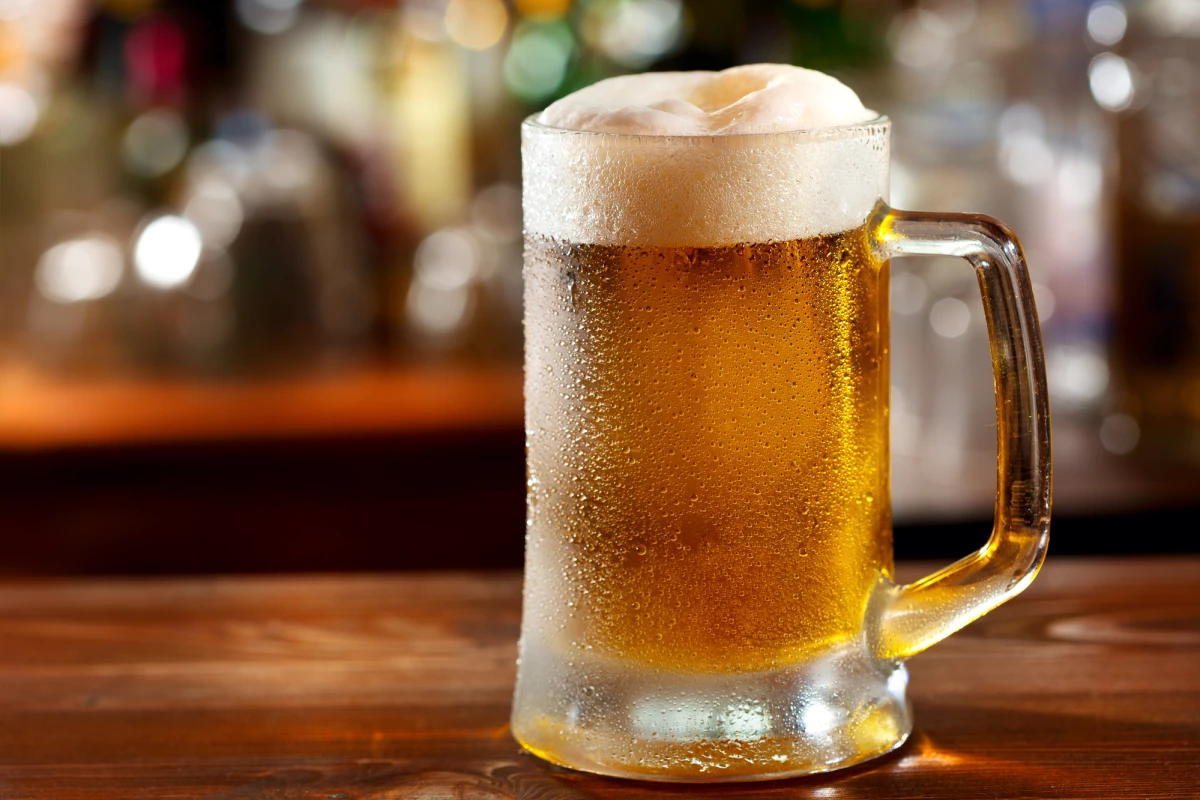Have you ever wondered how many bubbles there are in your Friday knockoff beer? No? Well scientists apparently have, and in a new study they’ve finally answered the question nobody’s been asking, with a vague “a lot, we guess.”
Carbon dioxide is an important part of what makes a beer so refreshing. The tiny bubbles released when it’s poured into a glass not only give the drink a really nice fizz, but they actually transport flavor and scent compounds to your nose and tastebuds.
But exactly how many bubbles are there in a given glass of the good stuff? Nobody knows, mostly because, A) you’ll look like a weirdo trying to count them at the bar, and B) who even cares?
A very dedicated team of French scientists care, that’s who. In the new study, the Effervescence, Champagne and Applications team at the French National Centre for Scientific Research (CNRS) set out to answer the question of how many bubbles would form in a standard 250-ml (8.5-oz) bottle of lager, cooled to a frosty 6 °C (43 °F).
The team calculated how much carbon dioxide there would be dissolved in beer that’s poured into a tilted pint glass. It turns out that for bubbles to form, there needs to be tiny air-filled cavities in the microstructure of the glass itself. When the beer is poured over the top, that trapped air and the curvature of the cavity gives the carbon dioxide a starting point to form bubbles. Those cavities need to be at least 1.4 nanometers wide for streams of bubbles to form there.
As high-speed photos showed, the bubbles grow bigger as they float to the surface, which captures more of the gas. The bubbling slows and stops as the carbon dioxide level decreases.
Taking all that into consideration, the researchers estimated that in this size beer, at this temperature, there should be between 200,000 and two million bubbles released by the time it goes flat. That’s quite a wide range, but we’d tend to think that for most people the answer is on the lower end of that spectrum – it feels like a waste to wait for your beer to blow two million bubbles before you dive into it.
So, what can we actually do with this information? For most of us, it’s probably nothing more than a bit of bar trivia, but the researchers say the new insights into the CO2 dynamics could help brewers hone their craft.
The research was published in the journal ACS Omega.
Source: American Chemical Society




